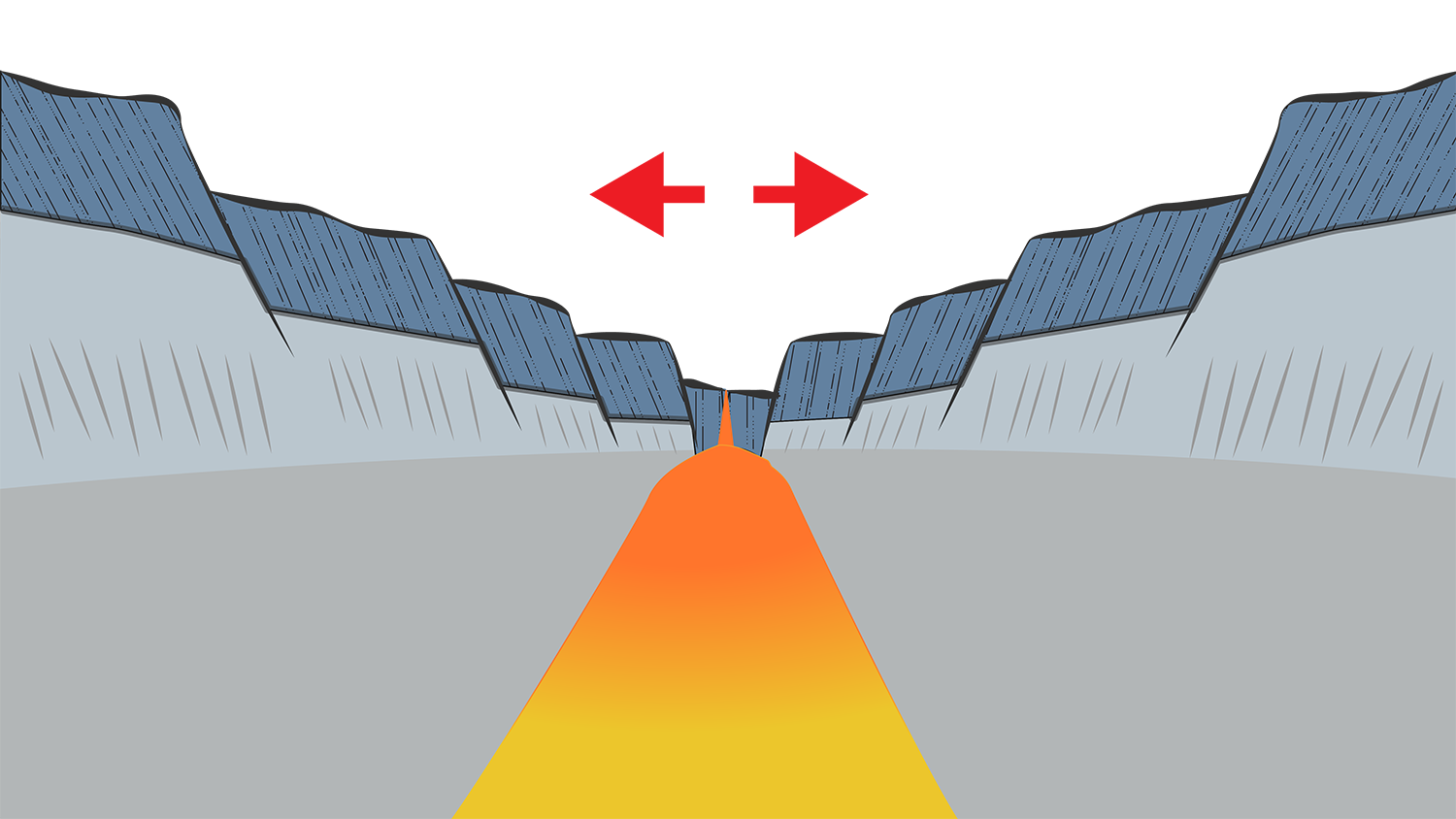Jonestown residents, fear not — the volcanic field beneath your feet, while completely real, is no volcano. Instead, it’s an interesting geologic case study and an area with somewhat mysterious origins.
The notion of a “Jonestown Volcano,” as the complex is sometimes referred to as, is misleading — unsurprisingly, there is no volcanic activity underneath the northern Lebanon town. In geologic terms, the area is more accurately known as the Jonestown Volcanic Field, and is more akin to a battered relic of the distant past.
One geologist familiar with Appalachian formations, Dr. Tristan J. Ashcroft, completed his thesis (PDF) on the volcanics in 2002 at the University of Albany. Ashcroft now teaches at Ursinus College in the Department of Environmental Studies as a Visiting Assistant Professor. In an email exchange with LebTown, he clarified that the area is complex and enigmatic, and “a tough area to see a lot of bedrock.” Since the bedrock is not well-exposed, it is difficult to study the volcanic rocks beneath.


The area that the complex underlies is approximately 12.4 square miles, with dimensions of roughly 2 by 6 miles.
The volcanics are comprised of igneous rocks (e.g. basalt) which became “overprinted” or deformed during the assembly of the ancient supercontinent Pangaea. Readers might recall from their school days that igneous rocks form from cooled magma/lava, and are one of three main types of rock (the other two being sedimentary and metamorphic).
The classification of volcanics doesn’t necessarily mean a fire-and-brimstone volcano. Instead it can refer to rocks that formed from fissures in the earth, which allow molten material to rise to the surface and cool into solids. One possible origin of the volcanic Jonestown rocks is from a mid-ocean ridge or seamounts, underwater volcanos that leak magma from deep within the earth into the ocean. The cooled rocks slowly move farther away from their origin as new formations push them out and become a part of the earth’s surface. Consequently, these formations end up far away from any fissures or fault lines in the surface, like they potentially did in Jonestown.

It’s difficult to accurately date the complex and the various rocks within the Jonestown Volcanic Field. Ashcroft’s interpretation of his findings hasn’t significantly changed since 2002, and he still believes that the age of the igneous rocks is connected to the age of surrounding limestone in the area and along parts of the Swatara Creek (limestone is a sedimentary rock). The limestone’s age is unknown — one “tenuous” possibility is that it dates to the Ordovician period, which is “best dated as being from approximately 485 million years ago to 445 million years ago.”
A sample of limestone from the area analyzed by Ashcroft and other researchers several years ago contained no fossils, which would provide some more clues as to the age of the complex.
Part of the difficulty in observing and analyzing the complex is that the area has continually been covered with vegetation. The limited exposure on the surface means that the formations remain enigmatic and difficult to study. There are ways around this though; as Ashcroft’s thesis states, soil coloration is an alternate method useful for identifying what lies beneath. “Reddish-purple” soil, for instance, indicates igneous rocks.
Unfortunately, most of the igneous rocks around Jonestown are “significantly weathered and fractured,” which means that it’s difficult to observe and analyze most of the volcanics even when they are exposed.
The complex remains (in part) a small mystery for geologists, but luckily for the rest of us, the Jonestown Volcanic Field is no cause for alarm.



































